Meet Yocelyn Riojas, the illustrator, social activist, and Latinx artist behind the powerful resistance art highlighting recent Deferred Action for Childhood Arrival (DACA) and Temporary Protected Status (TPS) immigration issues facing millions across the nation. From the Texas Capitol to the most recent Women’s March in Washington DC, Riojas’ impactful illustrations have gone viral during some of the largest protests and political movements in U.S. history. Widely recognized for her poster “My Dreams Are not Illegal,” an illustration of an Afro-Latina surrounded by monarch butterflies symbolizing the unity and struggle of DREAMers, Riojas’ vibrant artwork showcases culturally significant imagery representing and supporting issues surrounding TPS holders and DACA recipients.

Yocelyn Roijas
We sat down with Riojas to learn more about her passion for illustration, her journey into positive social activism, the inspiration and symbolism behind her artwork, and how her posters are serving to reclaim the narrative of Latinx communities, celebrating culture, and motivating people into creating lasting change through action.
Rogue Habits: Tell us about your background and how it shaped your life as well as your illustrations?
Yocelyn Riojas: Home for me is the small border town of Eagle Pass, next to the Rio Grande river serving as the divide between the United States and Mexico. Many of the residents, including my family, live the ranch life, raising cattle and farm animals. Growing up just a few minutes walk across the bridge to Mexico, I’ve always been immersed in my culture. The idea of me being a minority never really occurred to me when I was young. Many of my family members and friends live right next door. Crossing the border from either side is an everyday occurrence. My grandparents immigrated from Mexico seeking the American dream. My parents are first-generation American migrant workers, and later became attorneys concentrating on immigration issues. My brother and I are second-generation Mexican Americans striving to progress in our community. My town can be a place where it’s common for people to get comfortable and stay in an old mindset, where they don’t feel compelled to change with the times.
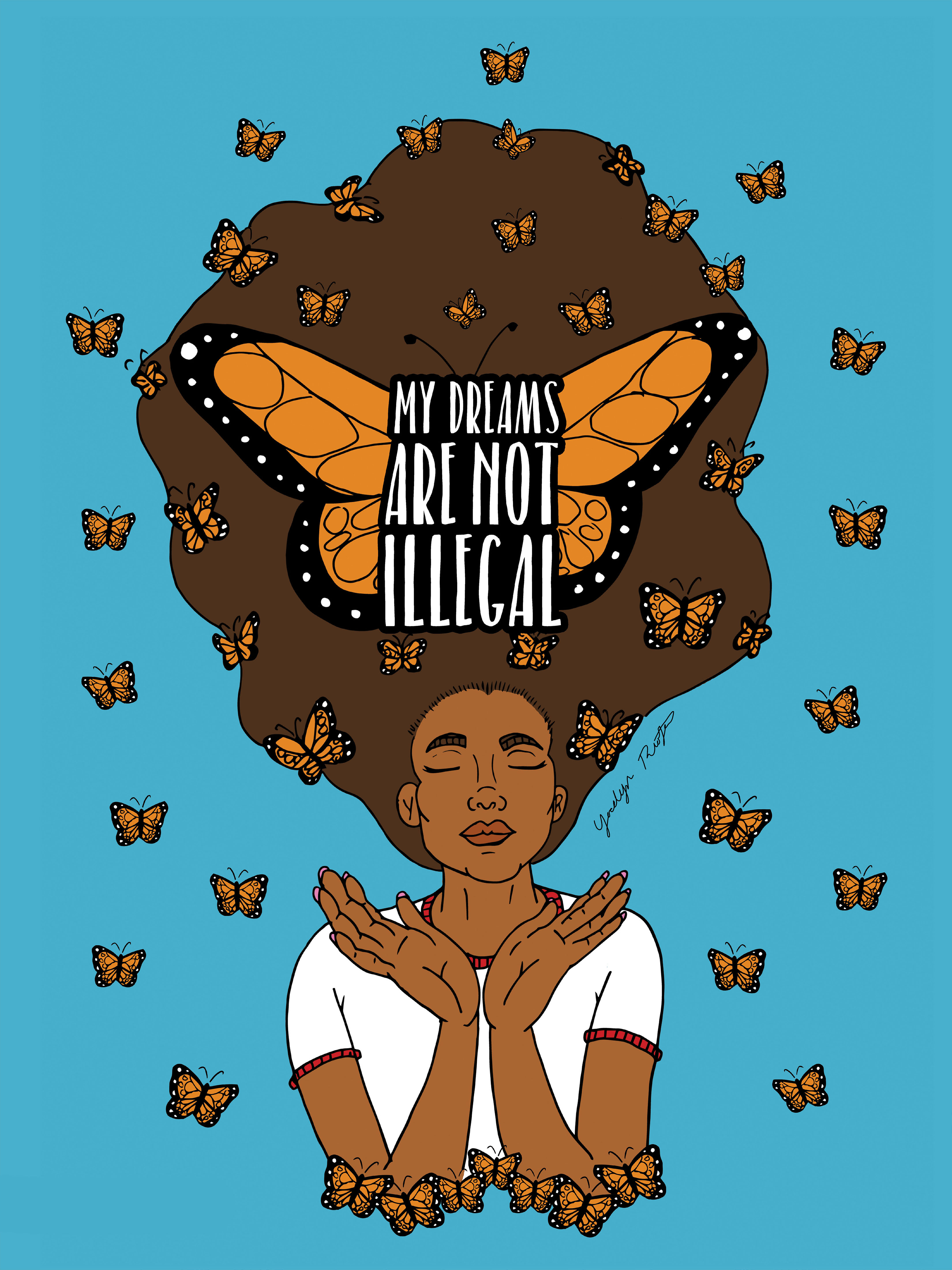
Yocelyn Roijas
When I left my small town for the city is when I really learned to embrace my identity as a Latina, because I never had cause to question it until then. All of a sudden I had an accent, my choice in food was strange, my appearance ambiguous, and wearing traditional garments wasn’t the “hipster” thing to do yet. My perspective of the world was different, especially having grown up around my parents’ work. They were always either chasing down clients to fill out paperwork so they [clients] could get their green cards or be spending time in courtrooms. So during those moments, I practiced typing by processing documents to help ensure farm workers didn’t get screwed over by companies refusing to pay them due to language barriers. In terms of art, I’ve always been drawing ever since I could hold a pencil and my dad sharpened them with kitchen knives because we didn’t need a pencil sharpener. My whole childhood influenced the way I see the world and understand the people in it. It just took some time to catch up on sketch paper.
RH: What prompted you to use your design talent to illustrate the stories and issues of the Latinx community?
YR: I stumbled upon it by chance. No one grows up thinking I’m going to be a social activist and make art for the Latinx community. I found in college, the higher you progress, the fewer people you begin to see that look like you. Then you begin to wonder if you’ll ever become anything because the face of success doesn’t look like you. So, I decided to forge my own path, creating what I want to see in the world and what speaks to me. I’ve been very lucky to have the support of the Latinx community to motivate me to speak on issues that affect us all. Yes, there is art being made to support various causes, but it’s not always art created by the people who know their story. I know their story because I’m part of it.

Yocelyn Roijas
RH: Tell us more about the “No SB4” poster you created during the dismantling of sanctuary cities protests at the Texas Capitol?
YR: I started showing my art more publicly through Instagram during the summer of 2017 because I needed an artistic outlet from all the stress while studying graphic design in graduate school. To help pull myself out of a creative block, I challenged myself to the 365-days of creativity on Instagram. Though I don’t post every day, it has given me a reason to illustrate more. Within the first two weeks, people quickly took notice of the bicultural Latinx vibe I was providing. People forget that living in America as a person of color, we create our own cultural influences. This sometimes leads us to feel isolated because we are floating between cultural identities.
I’ve always participated in protests and activism, but never really made my own art for a cause until the #ContraSB4 quinceañera event (protesting a bill banning sanctuary cities) hosted by Jolt at the Texas Capitol. I drew one of the young Latinas participating in the event as part of my 365-day challenge. I was inspired by their unique take on creative protest and felt the need to go out and show support for what they were doing. I connected with Jolt on social media before the protest and they admired what I had to offer. They recruited me to join the Make Art committee, where we’ve connected with other local artists from various backgrounds to give them an outlet for creative resistance.
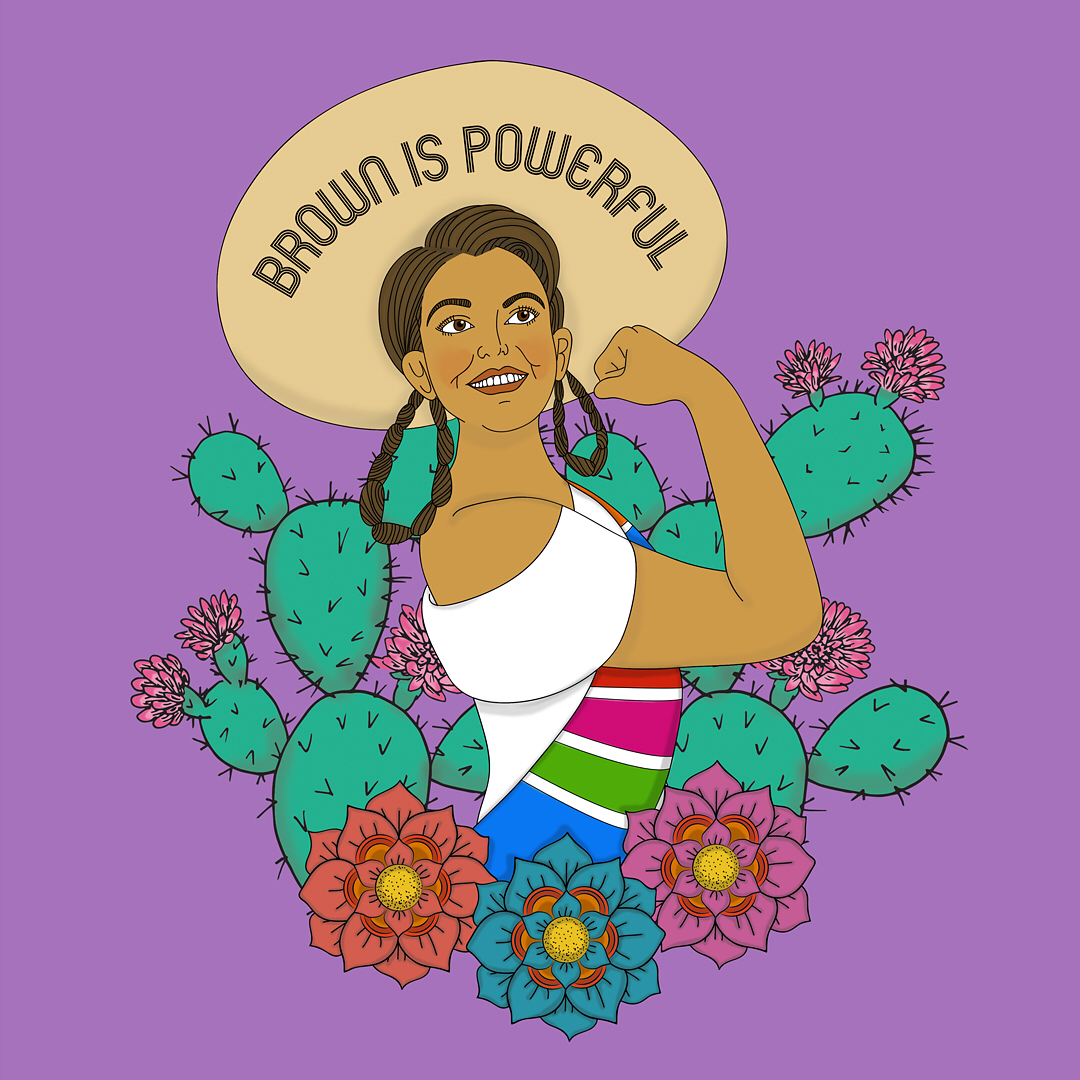
RH: Describe the inspirations behind your iconic illustrations – My Dreams Are Not Illegal, Clean Dream Act Now, and Save TPS. Do you feel you’ve inspired other Latinx women to raise their voices regarding immigration issues?
YR: My Dreams Are Not Illegal was illustrated September 5th, the morning DACA was announced to expire. It felt like a day of mourning for everyone and in moments like those we all naturally search for a way to express our sentiments. Mine happened to be through ink and paper. I didn’t think much about it except that I wanted to share a feeling of hope in a moment of darkness for my friends. I didn’t think it would spread like wildfire throughout social media. The Clean Dream Act Now quinceañera girl was originally illustrated for the Quince Night 2018 benefit fundraiser in Los Angeles. The organizer reached out to me as a fan of my work and asked if I could help create art in support of the fundraiser for local organizations.
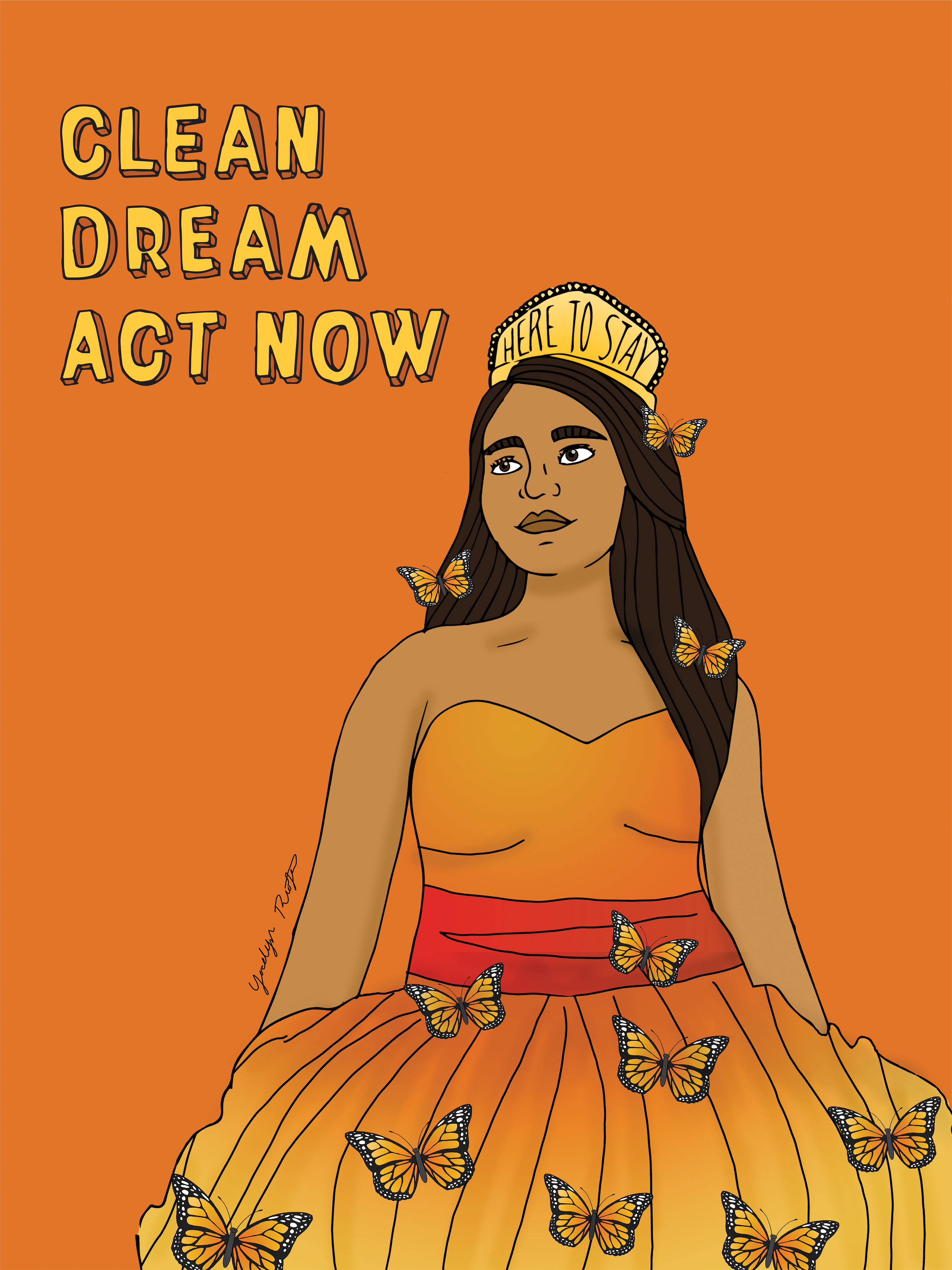
Yocelyn Roijas
The Save TPS was made in reaction to the disappointment I felt from the lack of support everywhere. There was not much art or mention of the issue in social media or news outlets. I felt the frustration from friends and anxiety from their mixed-status families. Yes, we want to help support DREAMers in their fight, but we must not forget other people that make up the Latinx community, such as TPS recipients who are not ready to be uprooted and sent back to countries still facing endless violence, war, and famine, which is why they [TPS recipients] left in the first place.
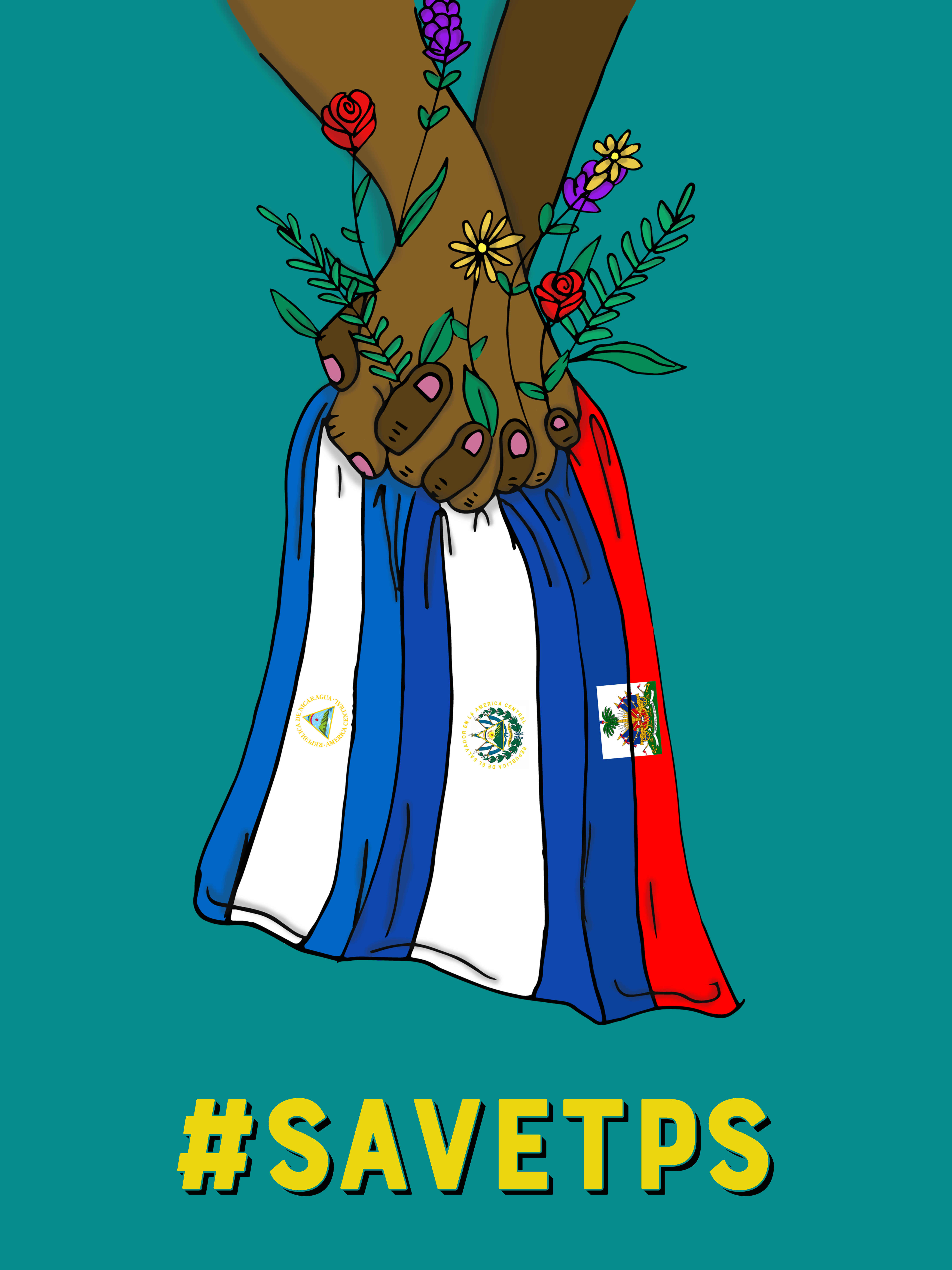
Yocelyn Roijas
I think my art has given not only women but everyone an emotional sanctuary of sorts. They see themselves in my illustrations and that in itself gives them a sense of empowerment. It can be so rare to see ourselves [the Latinx community] highlighted in a positive light. There’s a beauty in our cultures and there is no reason to feel the need to assimilate ourselves into another identity to make others feel comfortable. I do believe my art has encouraged women to get more involved within the resistance – whether it’s through art, organizing, marching, or simply talking with others.
RH: What’s your favorite design so far?
YR: Everyone always asks me this question, but to be honest I don’t know. As an artist, I’m never satisfied with my work and am always focusing on ‘what’s next’ once a project is done. If I had to choose right now I think it would have to be the Migration Is Sweet art installation because I get to see the joy it brings to everyone that comes across it in person. It was a collaboration with other volunteers in Jolt. We had a team of artists, designers, an audio engineer, an architect, a photographer, a writer, an organizer, and other volunteers with no artistic background. The team was also a blend of cultural backgrounds – Mexican, Salvadorian, Peruvian, Puerto Rican, and bicultural backgrounds. It [the art installation] is a testament demonstrating what can happen when the community comes together – we can make beautiful things happen.
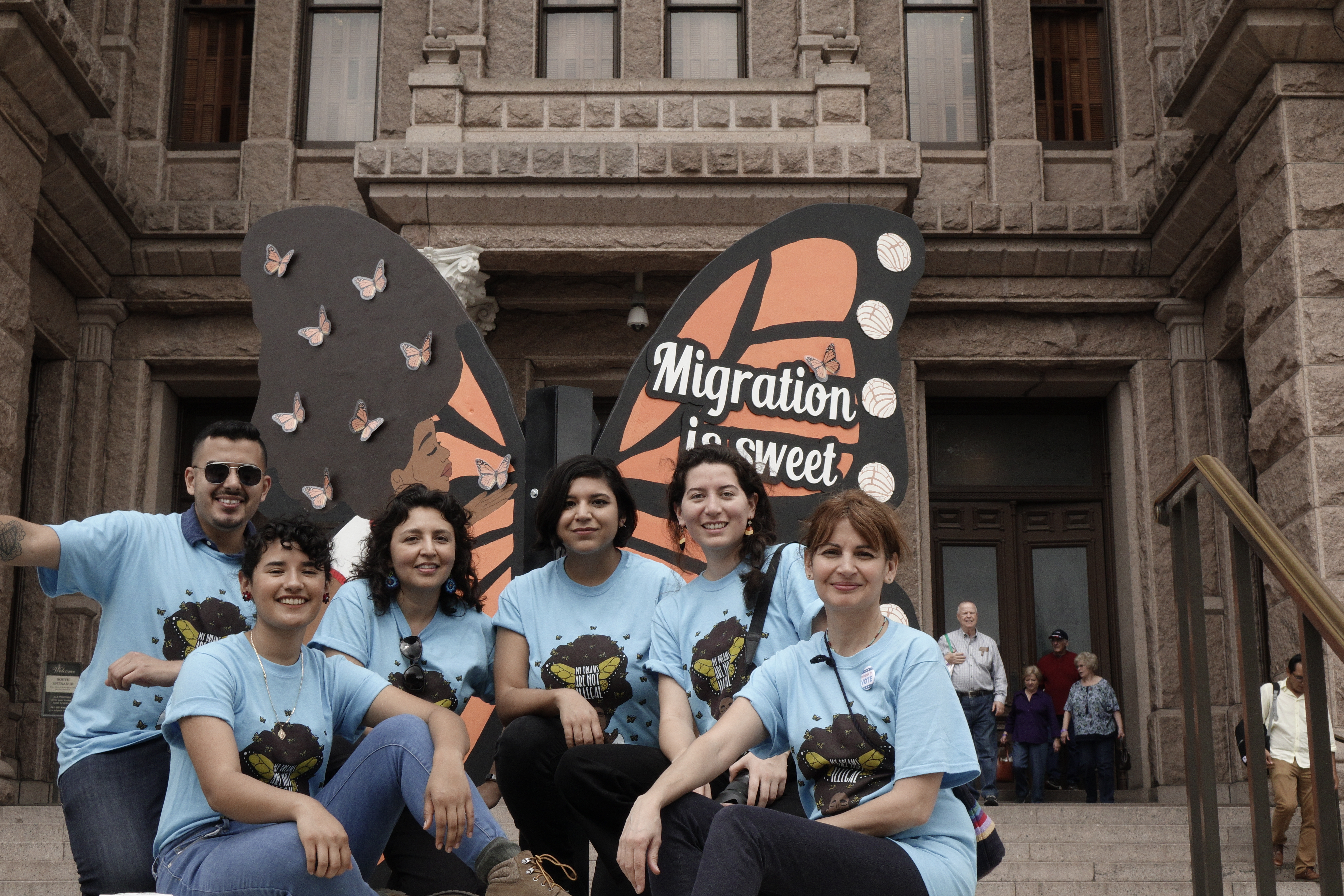
The Jolt Team
RH: What’s the meaning of the “Migration Is Sweet” art installation? How did you feel during the reveal at the Texas State Capitol?
YR: The Migration Is Sweet art installation is a celebration of the immigrants that make America beautiful. The monarch butterfly has become a symbol of resilience and migration within the community. If you look closely, you’ll notice the Afro-Latina from the My Dreams Are Not Illegal portrayed on the Monarch wings and conchas (Mexican sweet bread) along the edges of the wings as a commentary on how most people love our culture, but not the actual people who create it.
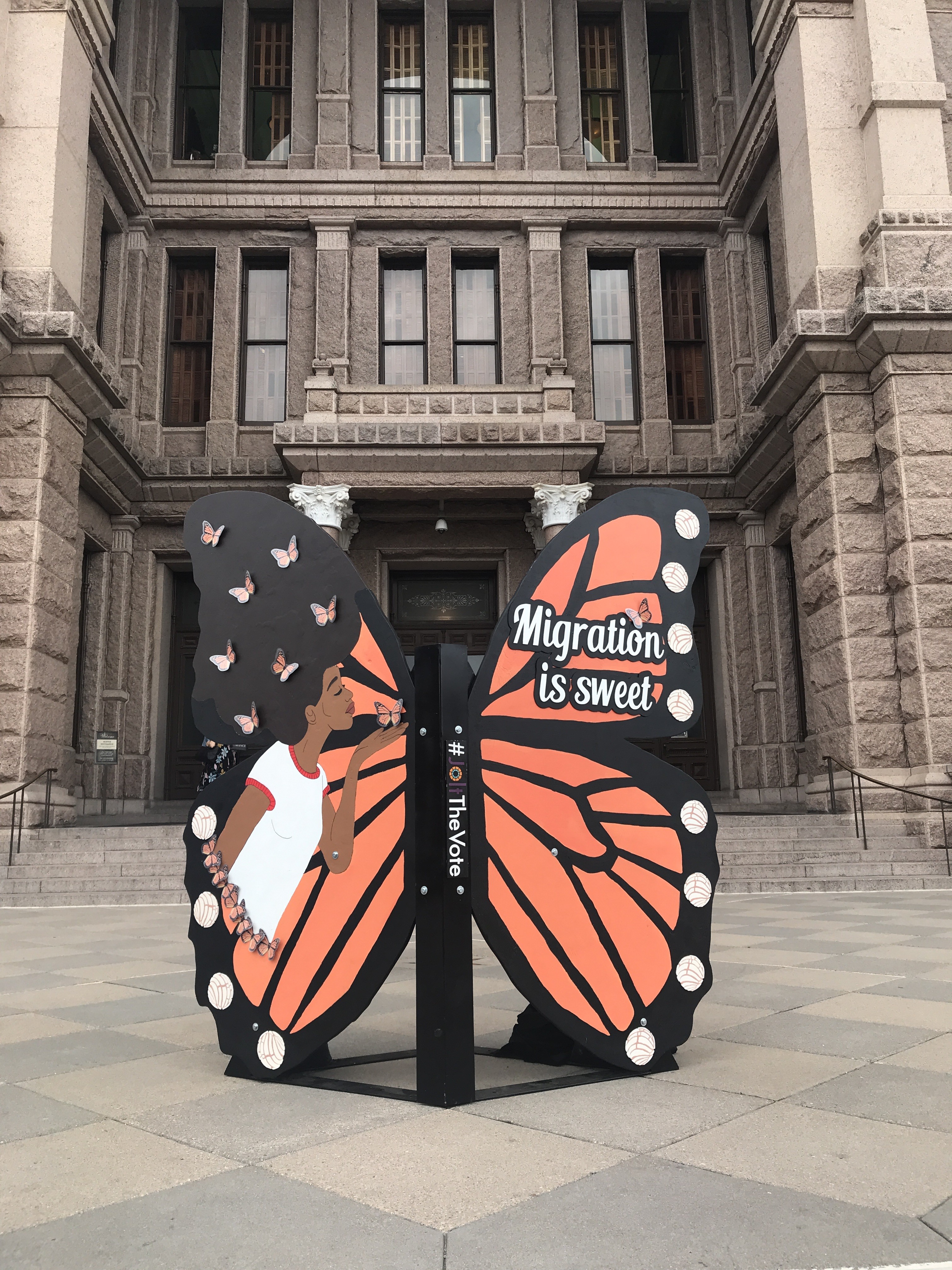
Yocelyn Roijas
It was revealed at the Texas State Capitol and exhibited inside the capitol the first week of April. We’d been working on this project for months and being able to finally reveal it alongside my friends (the other lead artists) Edith Valle and Jesus Valdez from Jolt was an exhilarating moment. We had other Jolt members share their stories of what it means to be a DREAMer and the Texas House Representative, Eddie Rodriguez, also came to speak. We had students from UT Austin march in support during the reveal and seeing all their beautiful faces, which the wings of the Monarch represent, spoke volumes.
RH: Any new illustrations in the works?
YR: You’ll just have to wait and see! At the moment, my goal is to create more art inspired outside of the Mexican American identity. Tengo el nopal en la frente, but that doesn’t mean I’m not open to learning about other Latinx cultures or helping artists learn how to get more involved in creating for their communities. However, I can reveal that I’m currently working on publishing a toolkit called A Guide to Creative Resistance inspired by Jolt that includes a handbook and card game. Its purpose is to help teach others the basics of activism, how to collaborate as a team, and use creative thinking to develop their own call to action. The goal is to apply for grants to help print free copies to distribute to other nonprofits practicing activism, and to organize a Kickstarter campaign for the public soon. Exciting things are coming!

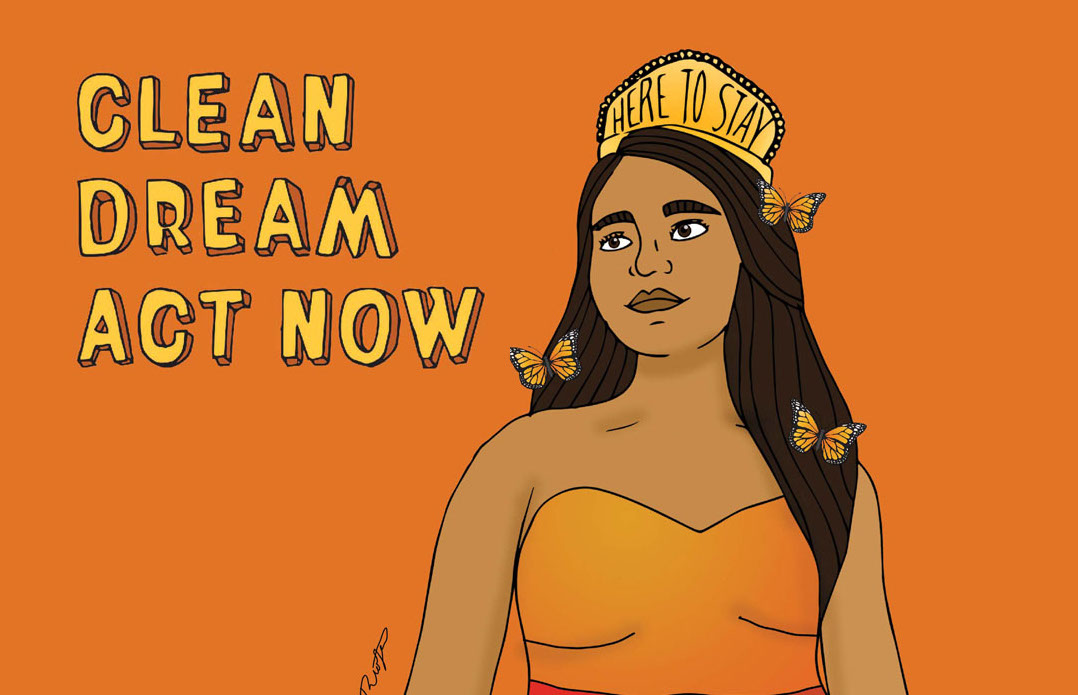





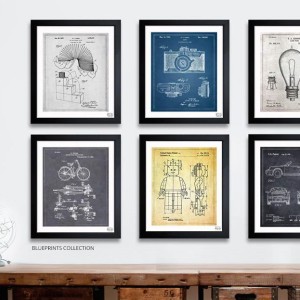
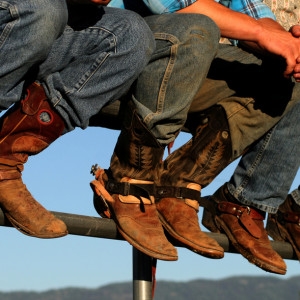

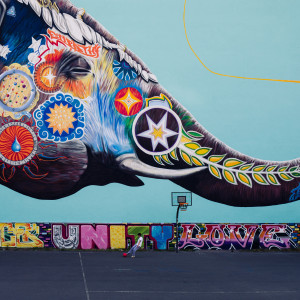
Leave a reply